The festival in the northern Navarra region sees thousands of revellers descend on Pamplona to watch or take part in runs where half-tone bulls charge participants through narrow cobbled streets.
While the eight early morning runs are over, the closing ceremony takes place at midnight Thursday.
Six men needed to be taken to hospital for knocks and bruises following the final bull run on Thursday that lasted just over two minutes, the regional government said.
That brings to 52 the total number of bull run participants who needed to be treated in hospital, including three Americans, a Frenchman and a Belarusian who lives in Spain.
Most of the injuries were bruises, broken bones and cuts suffered in falls but five men were gored. Two of the men who were gored remain in hospital in Pamplona.
Among them is a 25-year-old from Florida who has leg injuries.
The festival, made world famous by Ernest Hemingway’s 1926 novel “The Sun Also Rises”, claims scores of casualties ever year.
Eight people were gored in 2019, the last fiesta before a two-year hiatus because of the Covid-19 pandemic. Another 27 people were taken to hospital for broken bones and bruises.
Sixteen people have died in the bull runs since 1911. The last death occurred in 2009 when a bull gored a 27-year-old Spaniard.
His parents left a bouquet of flowers along the bull run route on Sunday’s 13th anniversary of his death.

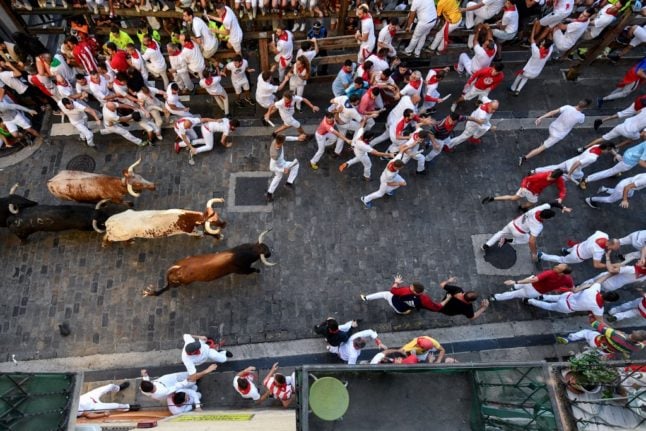

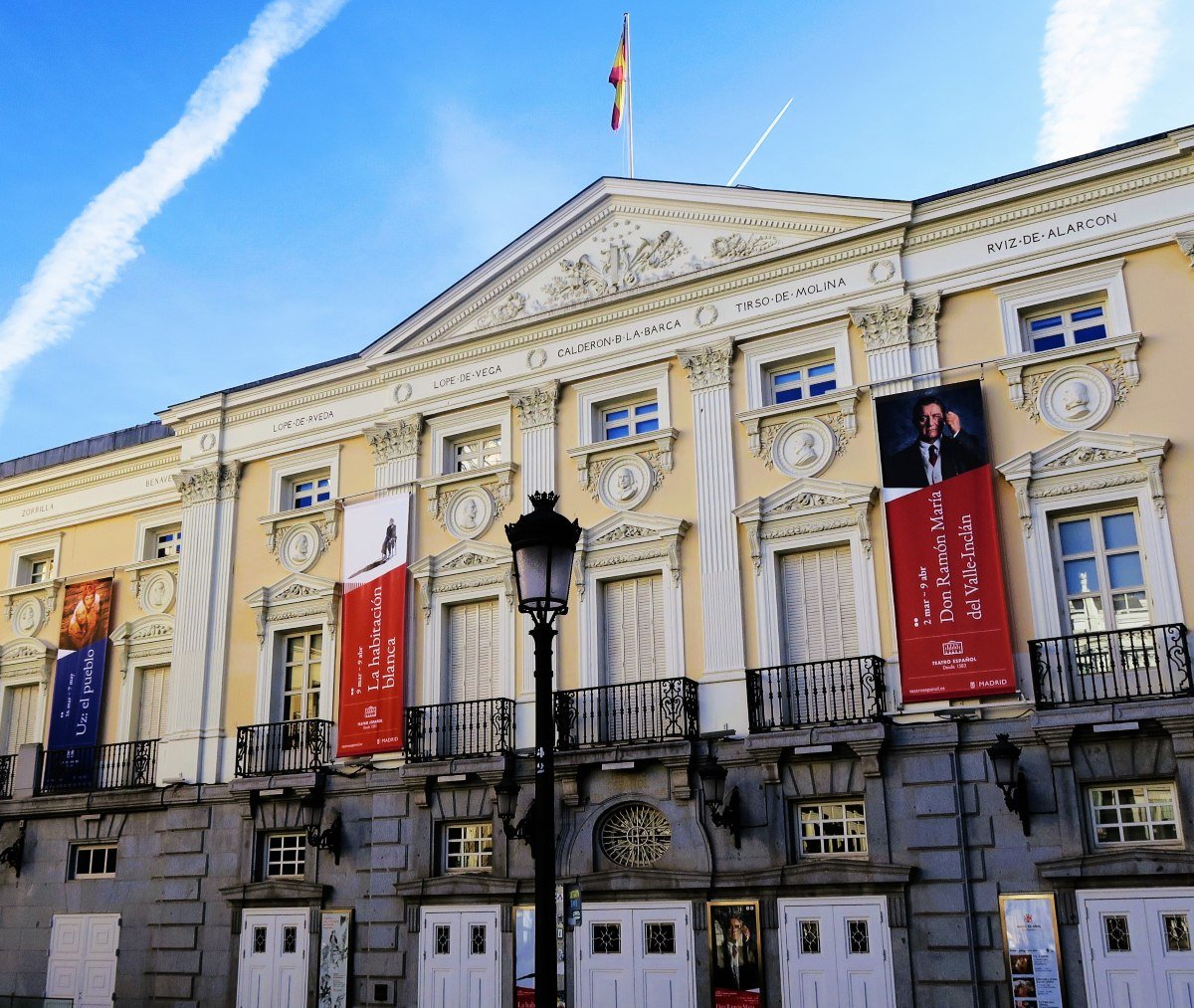
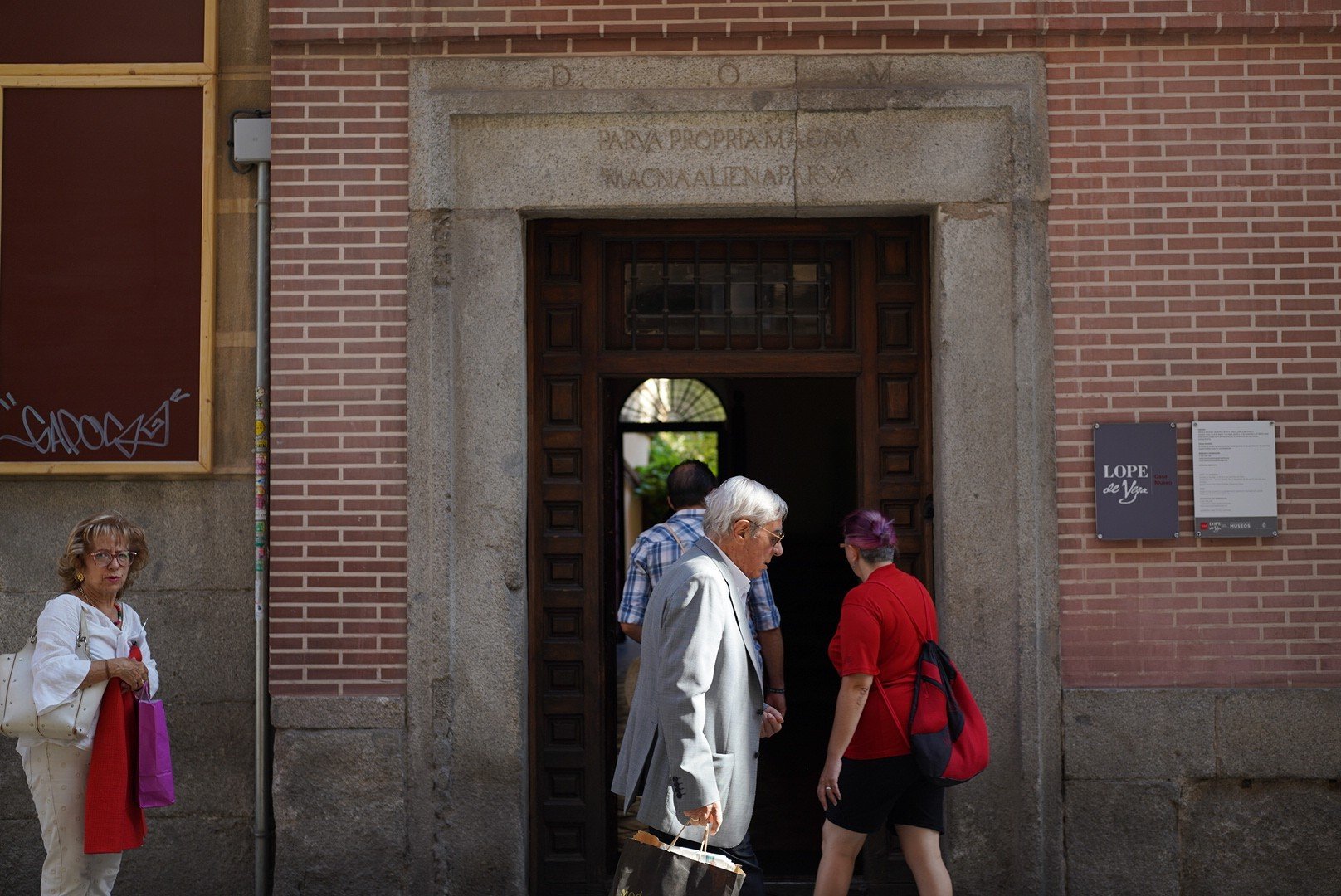


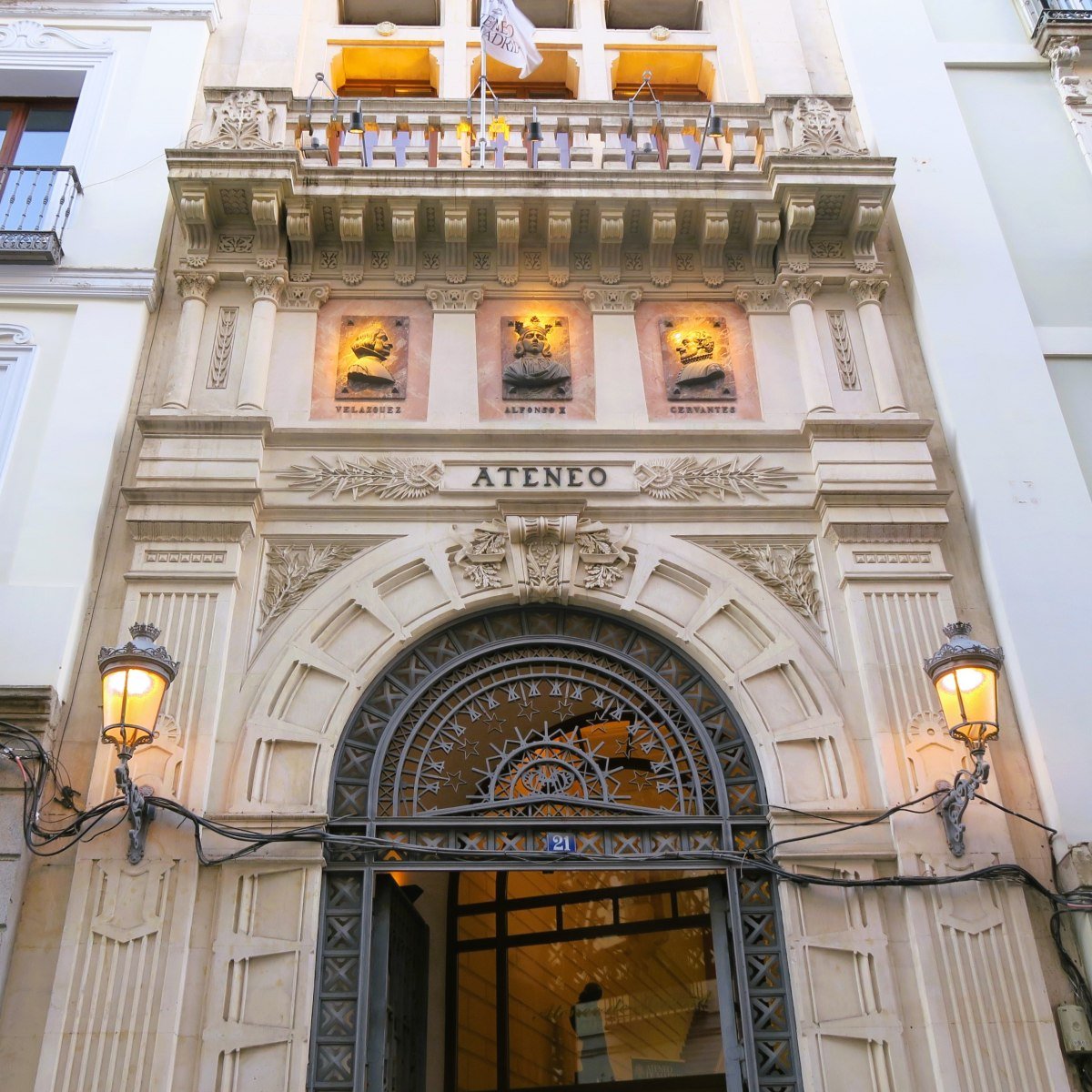
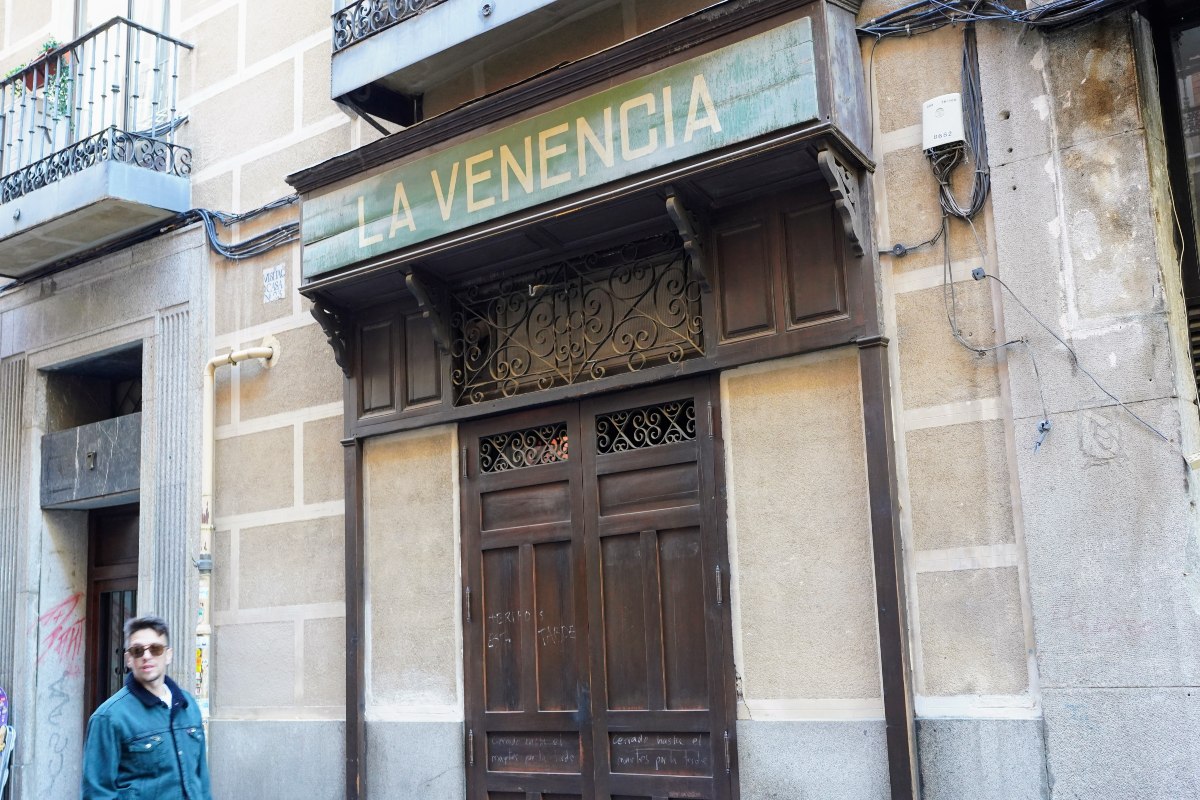
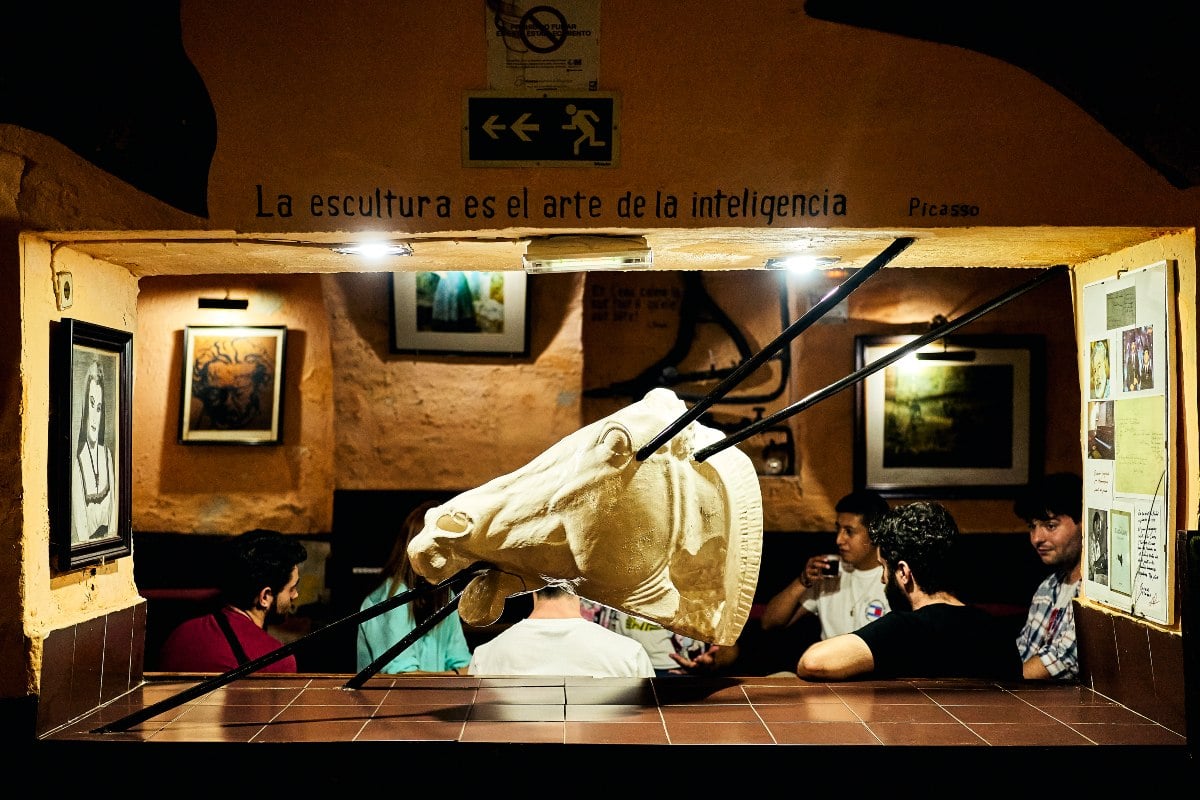
 Please whitelist us to continue reading.
Please whitelist us to continue reading.
Member comments